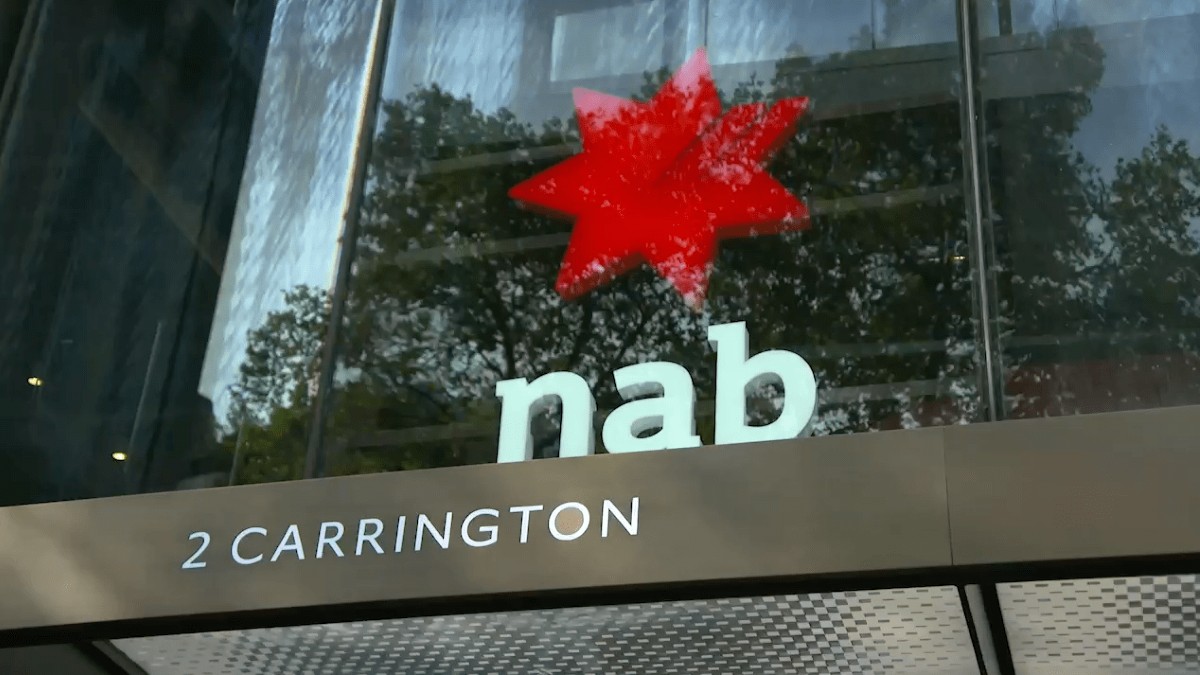With international travel back on the cards, many Aussies are planning their next adventure. There are a few popular ways to send money overseas including: Bank transfer, Western Union, Paypal, and a Peer to Peer transfer (P2P). You can also do the tried-and-true method of exchanging physical cash at a booth either in Australia or at your holiday destination.
However, before you send money overseas, there are numerous factors to consider to help compare your options including: the exchange rate, fees, the time it takes, security and propensity for scams, customer experience, and more.
In this guide, you’ll find out all the different ways to send money overseas and how to choose the right option for you.
What are the different ways you can send money overseas?
Bank transfer
While this may be the most obvious choice, transferring funds overseas through your nominated bank can often come with the highest fees. Transfer fees will differ from bank to bank.
Additionally, the exchange rate charged by your bank may be higher than the standard international exchange rate. On the flip side, you can contact most banks with questions or queries before you transfer. Some banks also offer investigation services should your details be compromised when transferring internationally.
|
Institution |
Fees |
|
Commonwealth Bank |
$6.00 per transfer via the CommBank app or NetBank and funds debited from an AUD account and converted to foreign currency. International funds issued via a CommBank branch have a $30 fee. |
|
ANZ |
ANZ will charge 3% of the value of any International Transaction charged or credited to an ANZ account. |
|
NAB |
NAB will charge no fee for an international money transfer in a foreign currency. A $30 fee per transaction is applicable when making an international money transfer in Australian dollars. |
|
Westpac |
|
Western Union money transfer
Western Union allows you to send money from a participating Australia Post Office to other countries. Head to a participating post office with your Australian mobile number and one of the following forms of current and valid ID:
-
Australian drivers licence
-
Passport
-
Australian Proof of Age card
When you’re ready to send the money, they will tell you the current currency exchange rate and any applicable fees for your money transfer upfront.
Once you confirm your recipient details and pay using cash or EFTPOS, your recipient can then withdraw in cash or bank transfer.
You can also send money overseas through Western Union online by simply making an account and creating a profile. You can send from the Western Union app right away, or start your transfer in the app and pay in-store.
Western Union’s fees vary depending on the amount you want to send and the location. For example, if you’re looking at sending money to the United Kingdom, you may pay between $2 and $15 in fees. Whereas if you’re sending money to the United States, the fees typically range from $5 to $30.
If you’re looking to send money online, the limit is $50,000 AUD to international bank accounts with POLi (form of bank transfer) for a flat 99 cent transfer fee. Be aware that this transfer fee can vary by country.
Peer to peer transfer
You can send money overseas via online international transfer systems. These work by using domestic banks in the countries of transfer.
P2P providers:
-
Wise
-
CurrencyFair
-
RIA
For example, if you send $1,000 to a family member in the USA, you transfer through a peer to peer transfer system such as Wise, which receives the money in its Australian bank account, and then sends your relative the equivalent in USD from their US bank account. This allows Wise to offer competitive exchange rates as the money is never truly changing currencies.
Transfer times vary depending on your payment method but usually are within 24 hours. Bank transfers incur the smallest fee, while credit or debit transfers will cost more. Wise will require a Swift or BIC code to send and receive money internationally.
A SWIFT code — sometimes also called a BIC number — is a standard format for Business Identifier Codes (BIC). It’s used to identify banks and financial institutions globally. It says who and where they are — a sort of international bank code or ID.
These codes are used when transferring money between banks, in particular for international wire transfers or SEPA payments. Banks also use these codes to exchange messages between each other.
PayPal
PayPal allows customers to transfer between each other domestically and internationally. Paypal is a reliable transfer system, but does come with fees.
Sending international personal transactions
|
Market of recipient’s address |
Funding Source |
Rate (of send amount) |
|---|---|---|
|
Any other market (where available) |
PayPal Balance or an AU Bank Account |
5.00%
|
|
Cards (any portion funded) |
5.00% + 2.60% + fixed fee
|
Source: Paypal
What about currency exchange booths?
If you’re planning on going overseas, you can also simply take cash to a currency exchange booth to exchange Australian cash for another currency and take the cash with you overseas.
Remember, these stores make money by charging a poorer exchange rate than the spot rate, plus maybe a commission depending on the brand. However, it’s one of the few places you can negotiate a better deal. If you are heading overseas, don’t leave this until the last minute as the worst deals are usually at the airport, where travelers are forced to exchange cash before they leave or enter a country.
Keep an eye on exchange rates and head to your local foreign currency exchange with the possibility of walking away that day without exchanging your cash. Don’t be afraid to ask for a quote and take that offer to another vendor to see if it can be beaten.
Should you be worried about scams when sending money overseas?
Before sending money overseas, always check as best you can that the transfer system you are using isn’t a scam. Additionally, make sure you are aware of the risks of international transfers. Once you have sent money internationally, it is very difficult to get it back should you send to the wrong recipient.
If you are planning to send a large amount of money overseas, try sending a trial transaction of a few dollars first. Once they receive it, you can send the full amount. You may pay extra in fees this way, but it could save you thousands should the test transaction not work for any particular reason.
What are the approximate costs for sending money overseas?
There’s no crystal cut answer when it comes to the exact cost you’ll have to pay when sending money overseas as it all depends on the facilitator you use and the foreign currency you’re transferring to.
However, as a general rule of thumb, you can expect to be charged fees between $10 to $35 for banks. If you go and send money via a physical branch, this usually bumps up to $30+.
For other money transfer companies, you can typically expect to pay $0 to $15 in fees.
To work out an accurate figure, visit the chosen facilitator's website for more information.
How to choose the right platform when sending money overseas
When you’re ready to send money overseas, there are a number of factors to take into consideration before you decide on a particular transfer option. These are:
1. Exchange rate
The exchange rate is the value of the AUD compared to foreign currency. For example, how many Australian dollars it takes to buy 1 euro. This number will fluctuate as the value rises and falls.
It can also be beneficial to ask whether the exchange rate is set (locked in) for a period of time or might change.
Different banks and transfer facilitators will offer different exchange rates. Be sure to compare these when deciding who to transfer through.
2. Fees
Most international transfers will come with a service fee. Always read the fine print of the institution you transfer through to avoid being hit with a surprise fee. Some may be a set fee per transaction, while others will be based on the amount of money you are sending and the destination.
The fees that you may end up paying include:
-
Conversion fee (a flat rate or a percentage, or both)
-
The fees for the receiver
-
Margin fee to convert your currency
3. Limits
Most banks and online transfer facilitators will have minimum and maximum transfer limits. Check before you transfer what these limits are to avoid any surprises.
4. Time
Not all transfers will be instant. Some international transfers can take days to clear both in the account you transfer from and transfer to. For instance, some bank transfers can take up to 5 business days while Western Union payments can be completed and sent within two minutes.
5. Customer service
It’s important to consider who you transfer with and what contact and support they offer customers. If you run into any problems or have some questions, not all transfer facilitators will have a customer service team you can get in touch with.
6. Send/receive method
Different transactions will allow you to send and receive money in different ways. For example, Paypal is a digital transfer connected to an email or phone number, while a Western Union transfer will allow you to send cash.
7. Identifier info
Another aspect to consider is what information you need to facilitate the transaction. For example, Paypal allows you to send with just an email address, while online transfer portals like Wise will require more personal information to authorise the transaction.
8. Promotions
Some money transfer providers may offer no fees on your first transfer or a special exchange rate as a new customer so keep your eye out for these.
9. Shop around
Don’t just go with the first transfer facilitator you can think of.
To get the best deal, it always pays to compare rates, fees, and transfer times of each provider, and work out which suits your personal situation. Essentially, you want to consider their benefits and drawbacks.
Frequently asked questions (FAQs)
Which is the best way to send money overseas?
There’s no right or wrong answer to this question as it all depends on your particular transfer needs e.g. amount you need to send and to which foreign currency. What you’ll likely find is that a specialist money transfer provider will often be cheaper and faster rather than using your bank.
How long do overseas transfers take?
Depending on the provider, where you’re sending money to, how you’re paying, and how the recipient receives the funds, you can expect your transfer to take anywhere from a few minutes to several business days.
How much money can I legally send overseas?
There is no limit to how much money you can send overseas from Australia. However, if you’re sending over AUD $10,000, you must report it to AUSTRAC. AUSTRAC monitors money laundering and terrorist activity in the country.
What overseas currencies can I send money to?
Again, this all depends on the overseas money facilitator you decide to use.
However, the typical currencies that most providers allow you to transfer money to include: USD, CAD, EUR, GDP, CZK, FJD, HKD, INR, JPY, NZD, SGD, ZAR, LKR, CHF, and THB.
Remember, ever facilitator is different so make sure to confirm with them before moving forward.
First published on June 2022
Image by Nick Fewings via Unsplash




 Denise Raward
Denise Raward

 Harry O'Sullivan
Harry O'Sullivan
 Jacob Cocciolone
Jacob Cocciolone
 Emma Duffy
Emma Duffy

